“I suppose you want to go ‘on the road,’ ” said the Dean of Students when I went to his office in 1958 to ask formal permission to take a year’s leave of absence.
The beatniks were the antithesis to my literary pretensions and I could have taken the Dean’s reference as an insult. Instead, I saw it as only further justification for my taking a holiday from the English Department’s incessant process of categorization – intriguing, but necessarily historical, and therefore inert. I wanted to hang out in the now with new friends, downtown, a group of painters, steeped in German expressionism, who clustered around a beaming cherub, a cherub with black curls: Mimi Gross.
Her face shining with the sly wit of one of Raphael’s cherubs, Mimi, like any cherub, radiated charisma. Hers was intensified by the fact that she was Chaim Gross’s daughter, just as an empyrean cherub’s charisma is intensified by the fact that he or she has a nodding acquaintance with God.
Mimi’s art was an expressionist statement of the childlike response. (See also Miro, Klee, Picasso between the wars, Chagall, Calder, et. al.). Its playfulness and ingenuousness was a tempering source of refreshment for her friends, whose expressionism sometimes tended to be overwrought.
As befits a cherub, the tragedy that eventually befell Mimi was Miltonian. While the thieving lovers of mortals such as we, after stealing our hearts, steal our money or our homes, or steal our friends or even our children, Mimi Gross’s demon lover, Red Grooms, stole her candid, mischievous soul and clothed himself in it.
The persona I was affecting in the late 50’s – the poetic roué – obligated me to make a pass at Mimi. She fended it off with a swift, charming smile, after which we became friends – good friends while she was a student at Bard College. With Mimi just up the road, I could come home to Poughkeepsie and enjoy the material comforts of the family nest and, in less time than it took me to get from my grungy sublet on 103rd Street to the Grand Street subway stop, I could, in Mimi’s room at Bard, return to the intense, absorbing, important (seemingly) drama of the downtown New York art scene.
Often someone else from the city would be paying her a visit and one or two of Mimi’s devotees among the students might be there as well. However, one lovely day in early Spring, I found her alone. I proposed that we put the top down on my MG and take a drive across the new bridge. (The bridge had replaced the ferry between Rhinebeck and Kingston a few years earlier but, since I had not yet driven on it, it was new as far as I was concerned,.)
My father occasionally recounted how his father once pulled their car into a layby on old Route 9-W, on the edge of a high promontory overlooking the river and, gesturing upstream and downstream, extolled the beauties of the Hudson, calling it more magnificent than the Rhine. I had never seen the Rhine (nor had my father); driving across the Kingston-Rhinecliff Bridge that day, I felt I didn’t have to. The broad river flowing between tumbling green hills brought to mind Paul Goodman’s famous poem, The Lordly Hudson. (Well... it was famous around Columbia, anyway.) The view we beheld from the lofty bridge infused Goodman’s “lordly” with a Wagnerian stateliness.
As it happened, WQXR was not playing Siegfried’s Rhine Journey as Mimi and I drove across the river. The music that accompanied us was Ravel’s La Valse
I wrote this poem about our drive:
~~~~~~~~~~~~~~~~~~~~~~~~~~~~~~~~~~~~~~~~~~~~~~~~~~~~~~~~~~~~~~~~~
~~~~~~~~~~~~~~~~~~~~~~~~~~~~~~~~~~~~~~~~~~~~~~~~~~~~~~~~~~~~
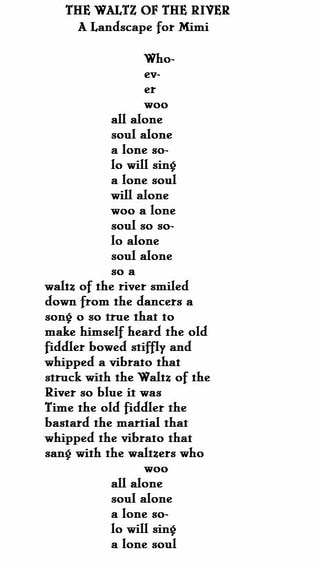

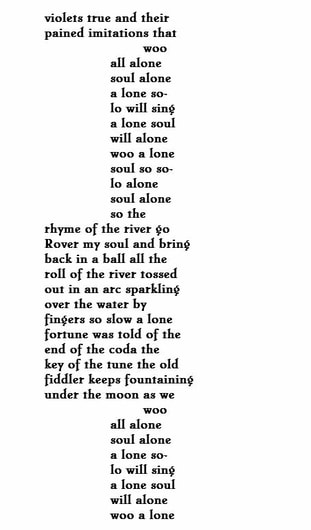
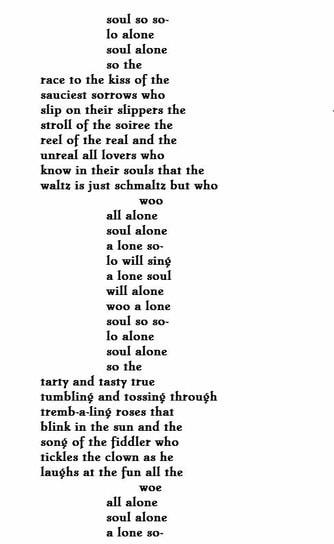
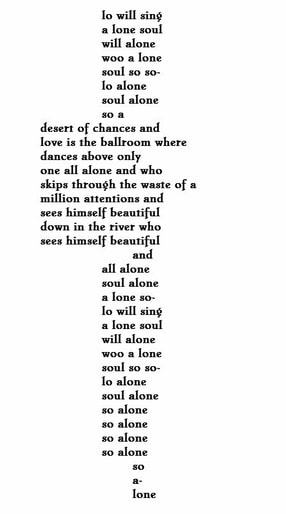
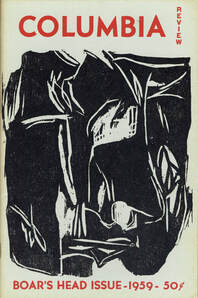
 RSS Feed
RSS Feed